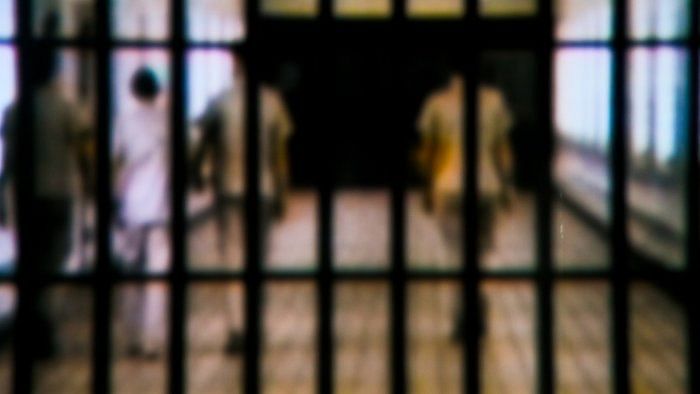
Representative Image.
Credit: iStock Photo
Some facts presented in a report prepared by a committee appointed by the Supreme Court on the condition of women prisoners in Indian jails are revealing, and recommendations made by the panel need to be taken seriously.
The committee, headed by a former High Court judge, Justice Amitava Roy, had the brief to report on prison reforms as such. It took over four years to submit its report, and the measures to improve the condition of women prisoners are an important part of it.
It has said that “women in incarceration suffer the brunt of imprisonment far worse than their male counterparts, especially with regard to access to basic facilities”. There is discrimination in the case of medical care, legal aid and counsel, and labour and recreational facilities. Women are made to live in enclosures inside the larger set-up of a prison facility as opposed to an exclusive women’s prison facility.
Only jails in Goa, Delhi and Puducherry allow female prisoners to meet their children without any bars or glass separation. Not many prisons provide sanitary napkins for female inmates. Most of them have to share kitchens and common facilities with male wards.
The court has asked the central and state governments to submit their views on the committee’s recommendations. The treatment meted out to women prisoners is not just discrimination.
It is callousness at an institutional level because the conditions are more or less the same in all prisons in the country. Women are especially disadvantaged because most of them have poor educational levels. They have no understanding of what happens in courts and of their rights as women and prisoners.
They suffer much more stigma and social isolation than men. The committee has recommended upgradation of infrastructure and segregation of women prisoners and undertrials from hardened criminals.
Between 2014 and 2019, Indian prisons witnessed an increase in the population of female prisoners by 11.7 per cent, and by 2019, women accounted for 4.2 per cent of the total prison population. That makes a substantial number, and given the overcrowded nature of all jails, women’s conditions become more difficult.
The court said that it will first consider the issues pertaining to women and children, transgender prisoners and death row convicts and later address other issues. Transgender persons face many problems which even women prisoners do not face.
Most states have not formulated welfare schemes for them. In the past also, there have been demands for gender-sensitive policies and practices and fair treatment of women in jails. But no concrete action was taken to improve women’s conditions. Hopefully, the court will lead the way and persuade governments to act.